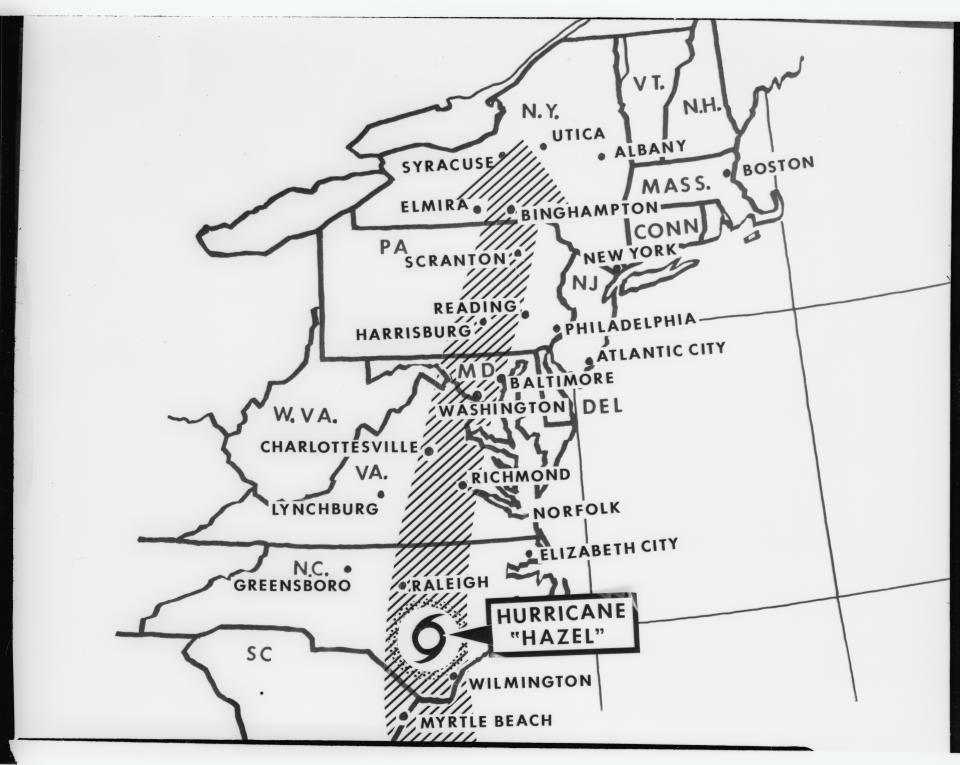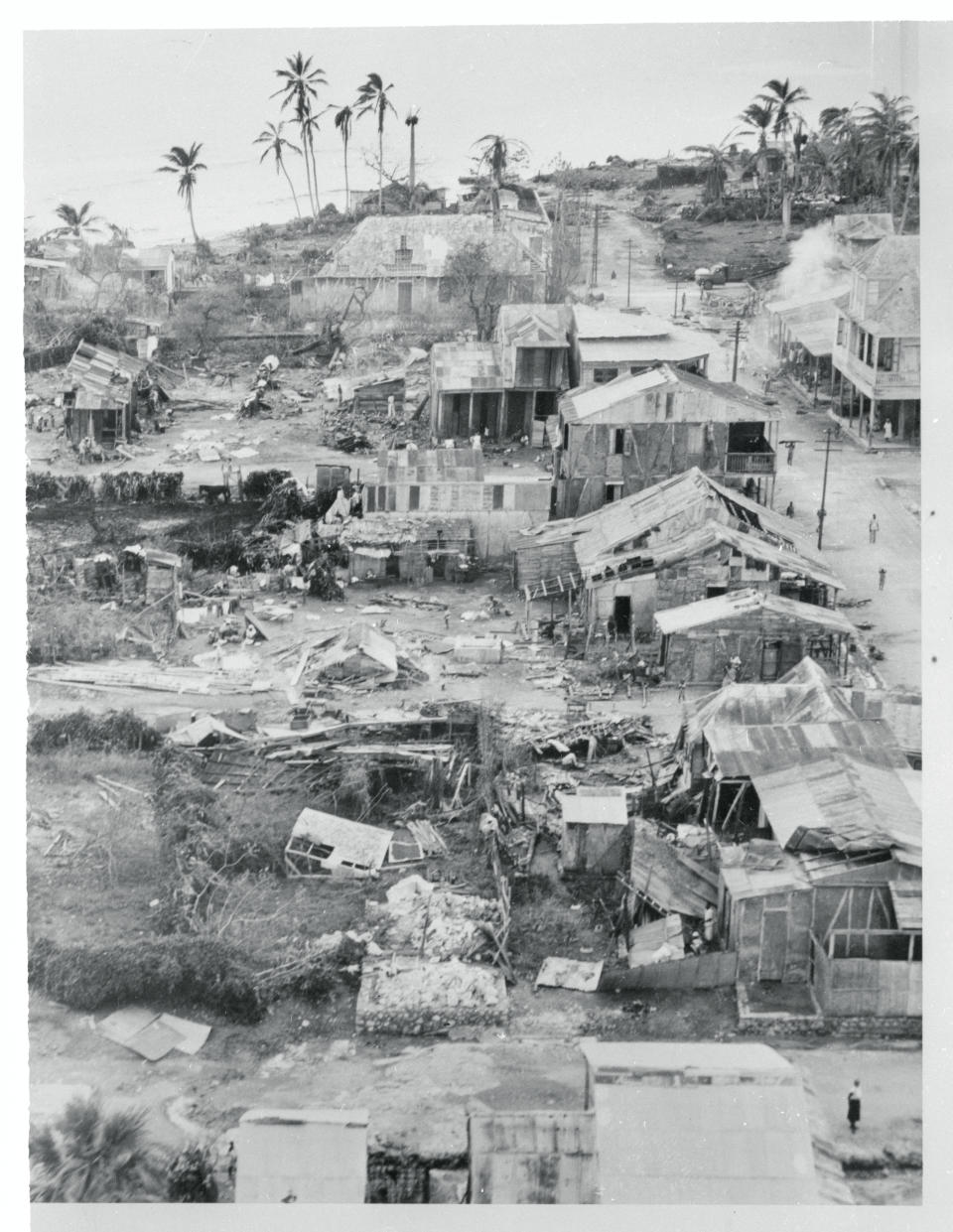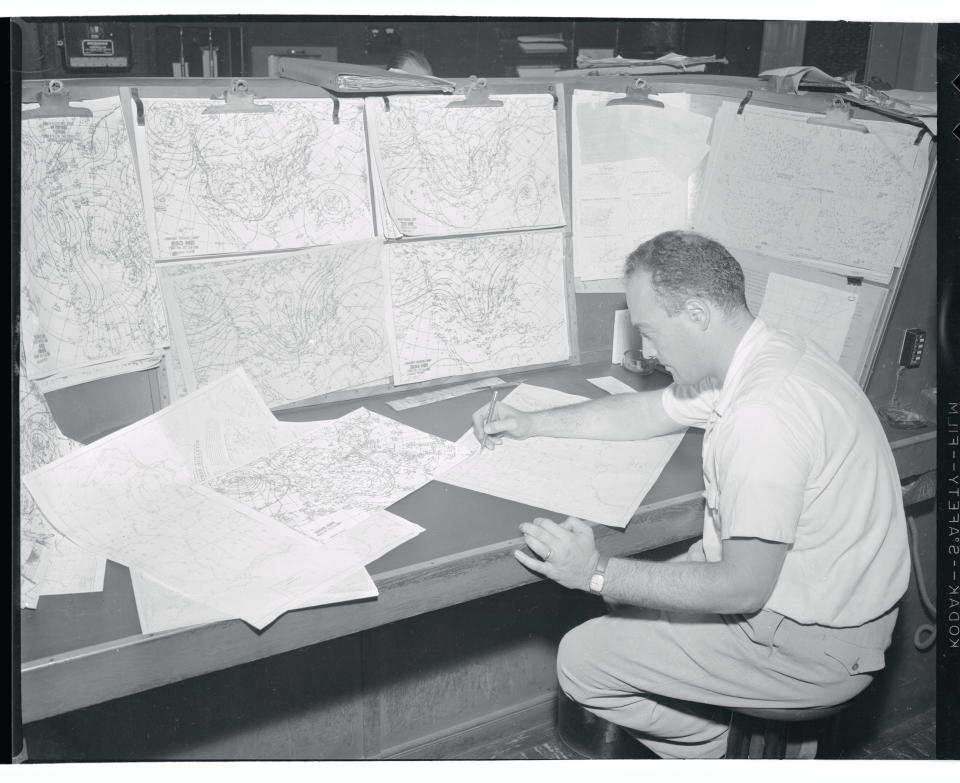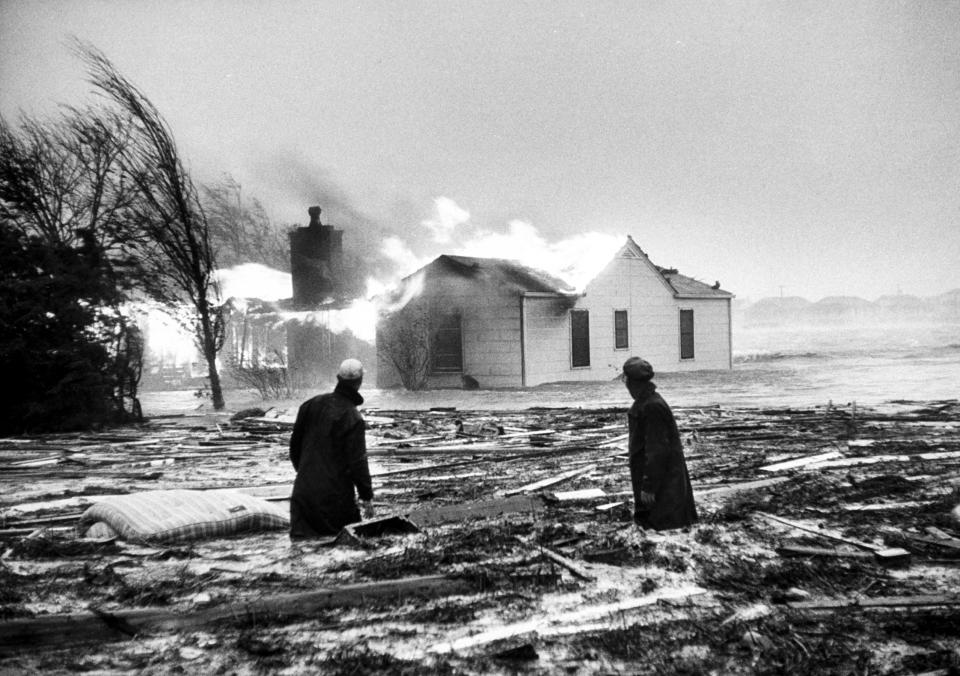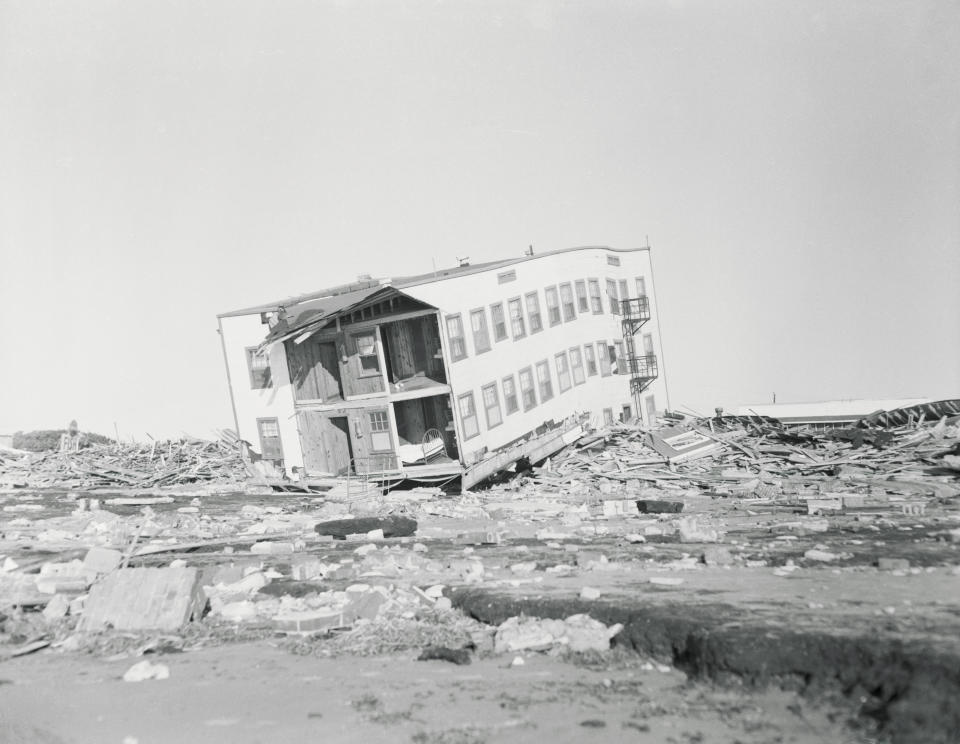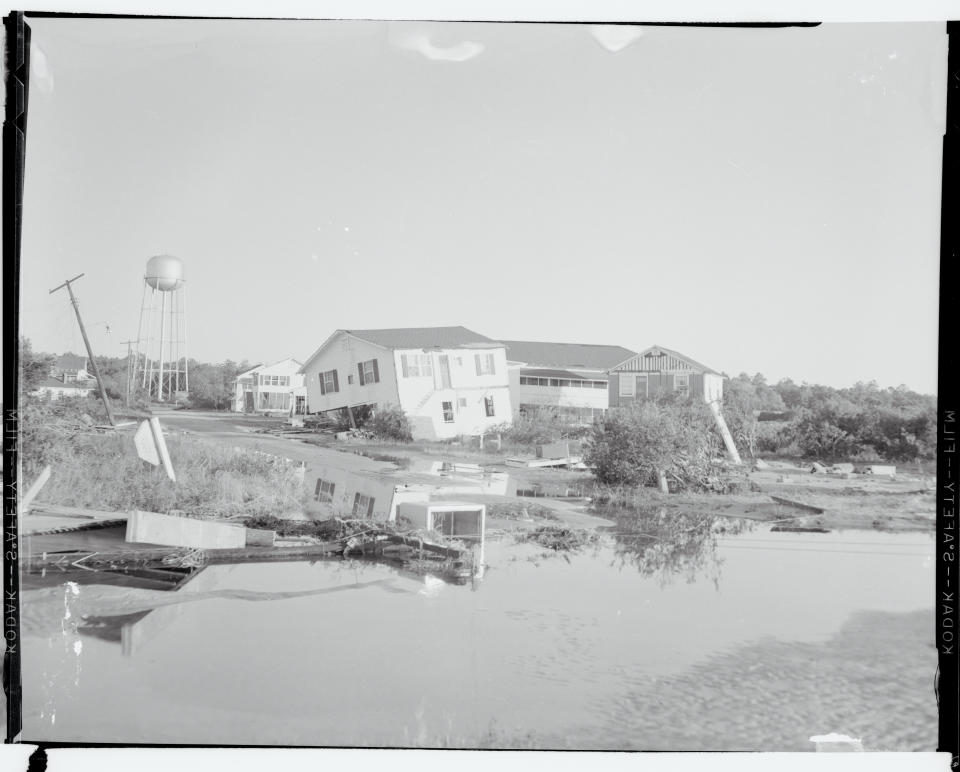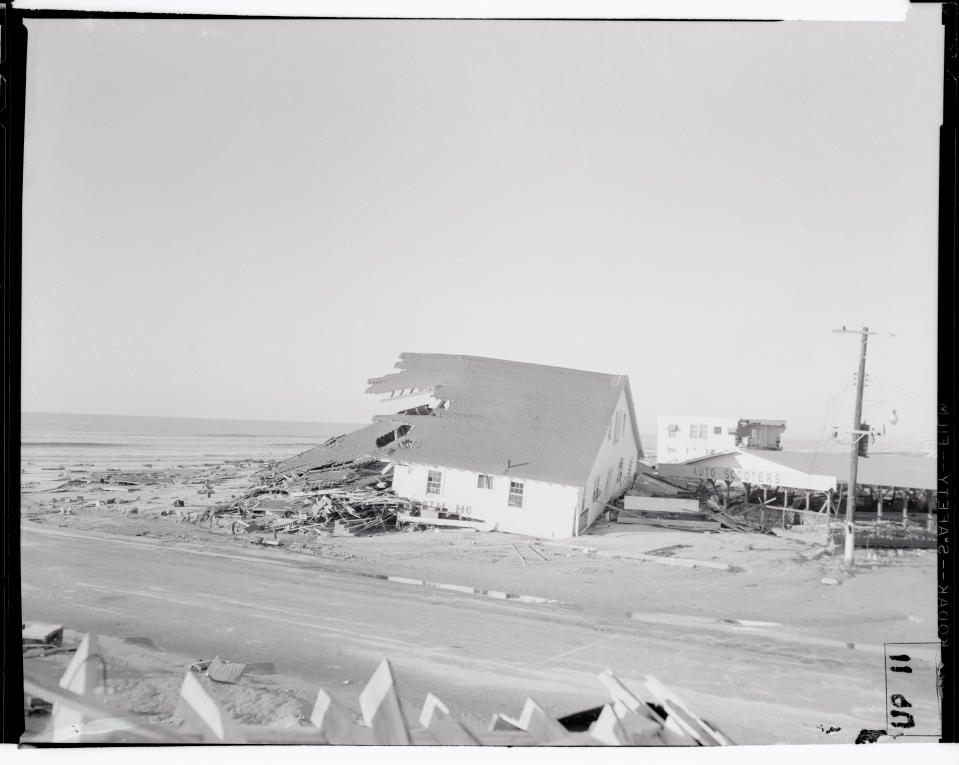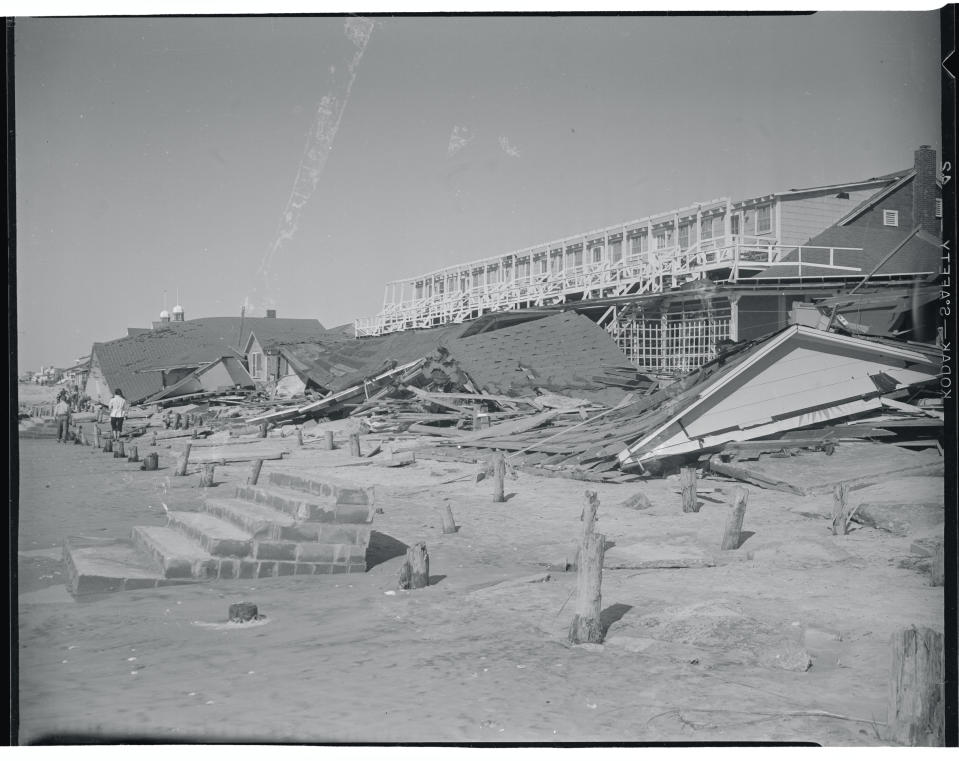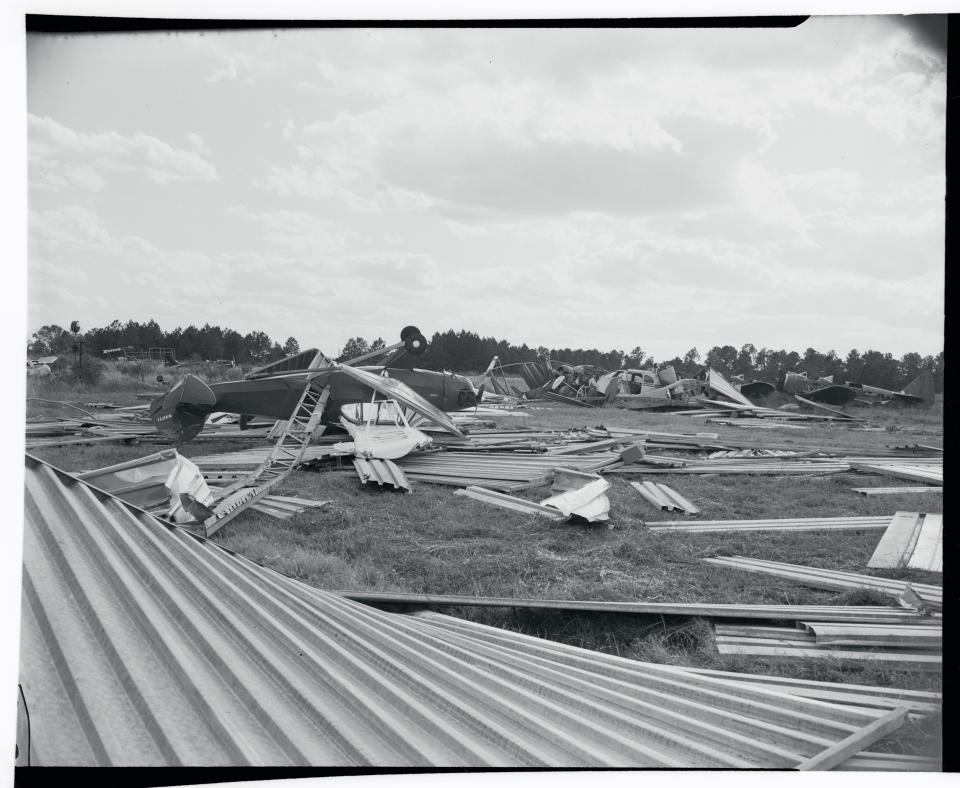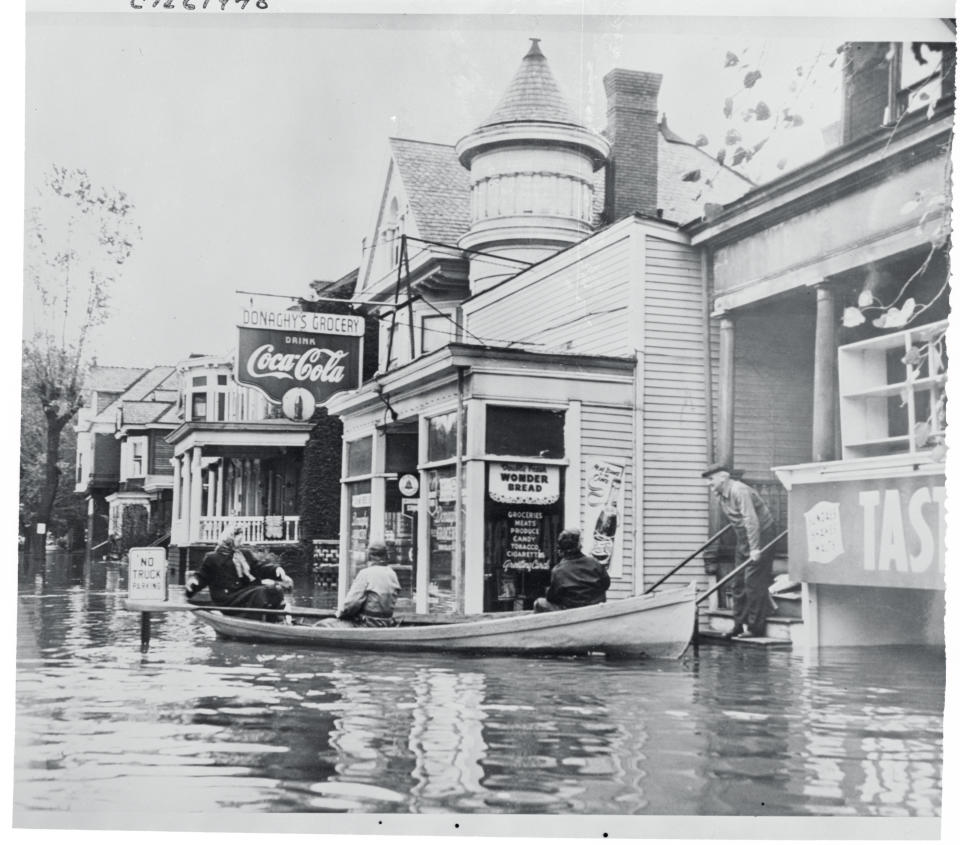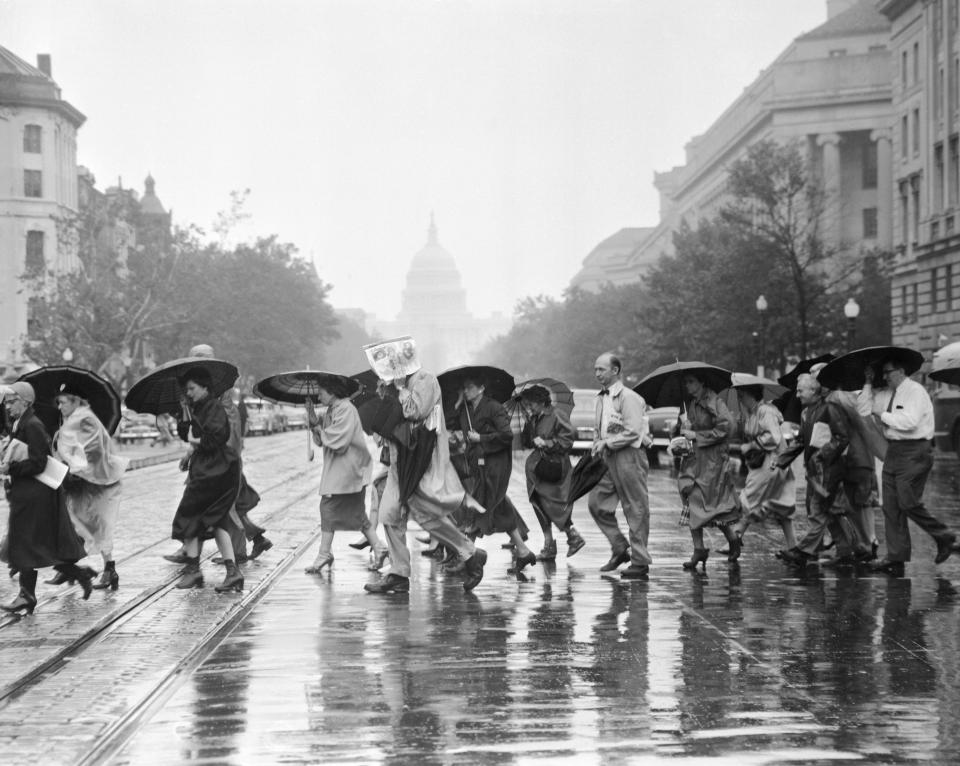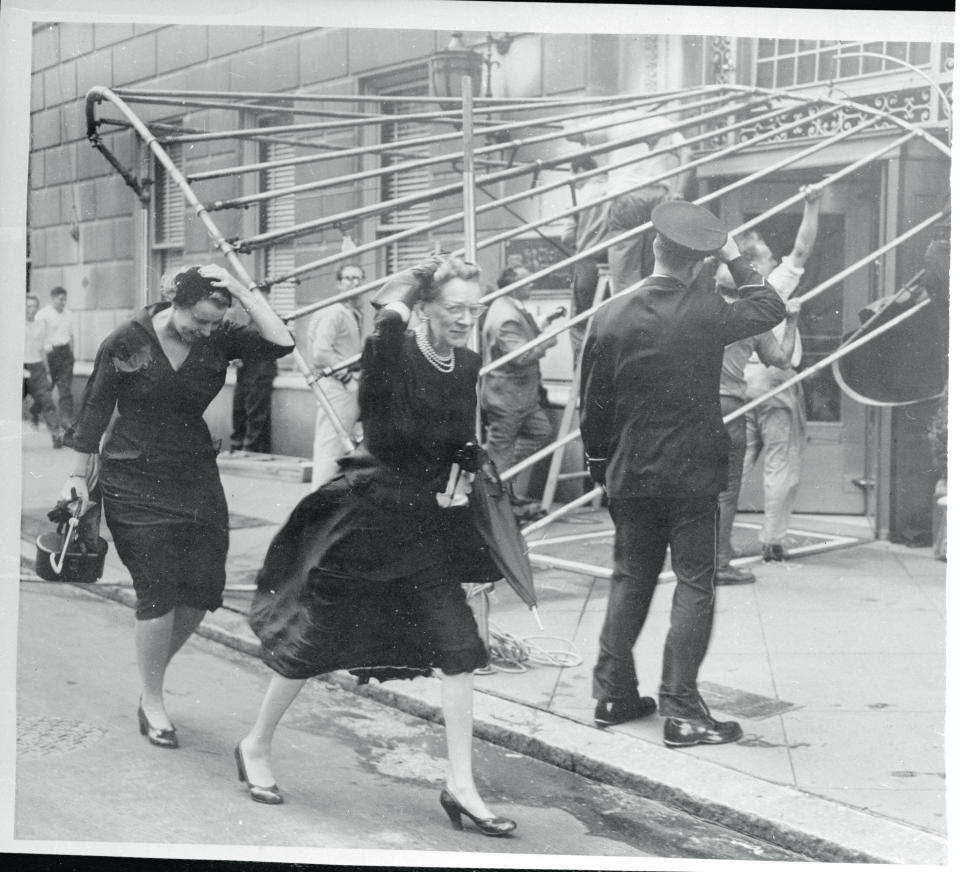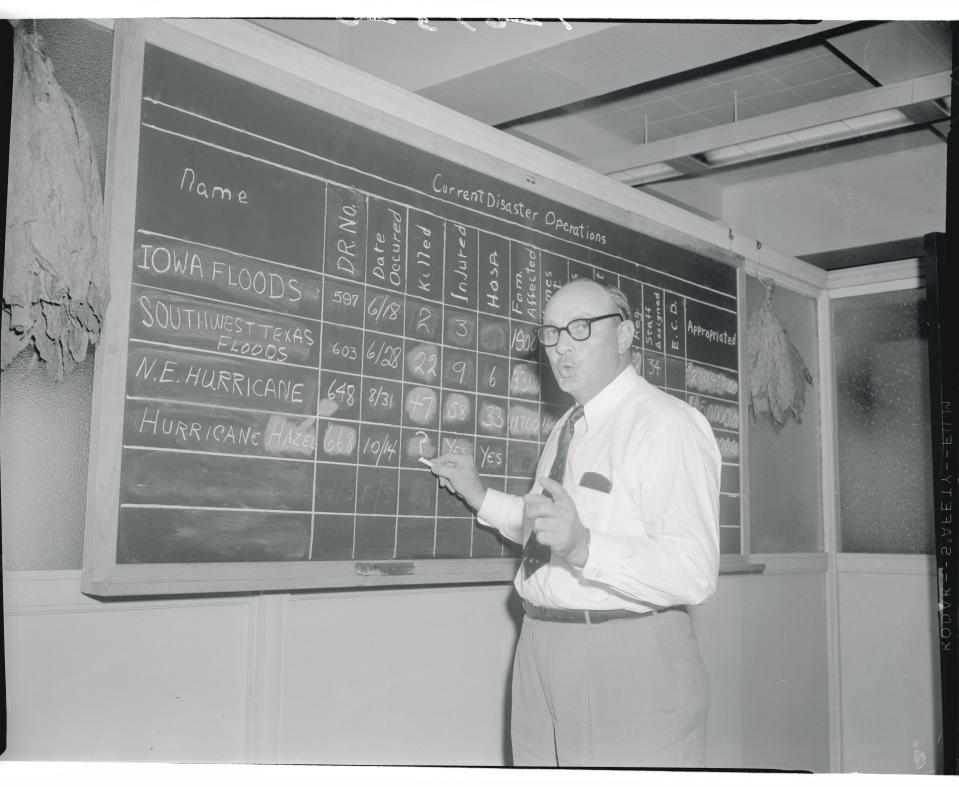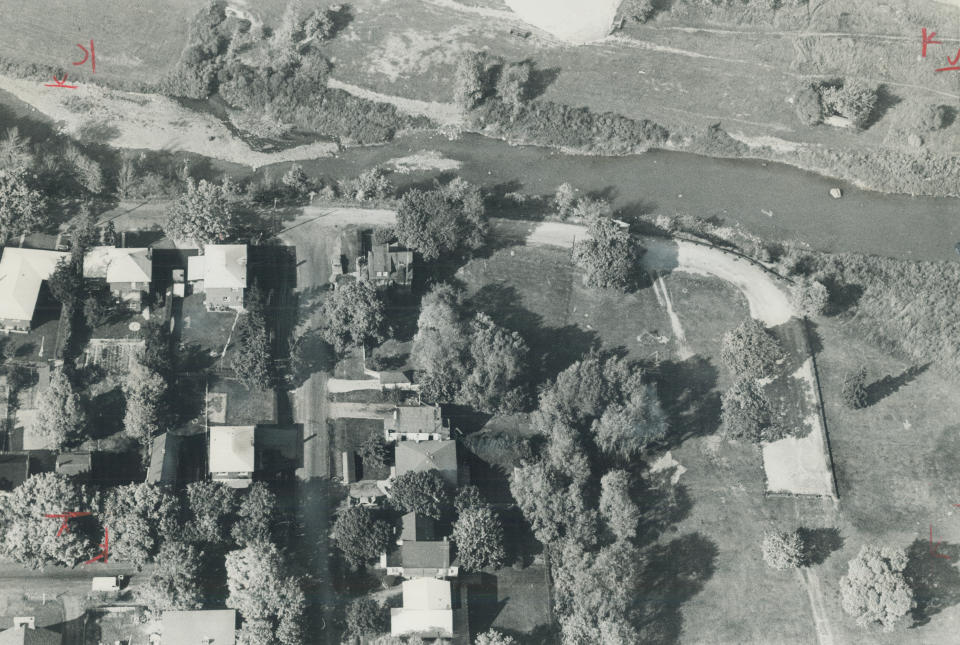As bad as Hazel? A look back at the deadly 1954 hurricane as Florence approaches
As Hurricane Florence looms off the eastern coast of the U.S., it is drawing comparisons to 1954’s Hurricane Hazel, one of the deadliest and costliest storms to hit the southeastern U.S. that also caused destruction in Ontario.
Evacuation orders have been issued for more than 1.5 million people in coastal areas of the Carolinas, and the U.S. National Hurricane Centre expects Florence to make landfall between South and North Carolina on late Thursday or early Friday.
“Disaster is at the doorstep and it’s coming in,” North Carolina Gov. Roy Cooper said at a Wednesday news conference in Raleigh, N.C. “If you are on the coast, there is still time to get out safely. No possessions are worth your life.”
Even U.S. President Donald Trump is warning citizens to be prepared.
“It is imperative that everyone follow local evacuation orders,” Trump tweeted Wednesday. “This storm is extremely dangerous.”
A factor that worries forecasters, such as those at weather.com, is Florence’s speed — or lack of it. Once it makes landfall, it is expected to sit and spin over the Carolinas, cut off from the jet stream flow that normally carries systems up the coast.
As it makes landfall, the U.S. National Hurricane Centre (NHC) warns Florence will usher in life-threatening storm surges.
Surges are generated when a hurricane hits shallow coastal waters, raising sea levels along the coast and driving water inland. With Florence expected to make landfall during coastal high tide (exacerbating the threat of surges), meteorologists have issued surge watches and warnings along the entire coastline of the Carolinas.
In addition to storm surges, the NHC predicts catastrophic flash flooding and river flooding (when rivers overflow their banks) across the Carolinas and other mid-Atlantic states. This is due to the storm’s slow movement up the coast and heavy rain in the Carolinas this summer having left the ground saturated with water. When the ground is saturated, additional water floods and flows over it rather than being absorbed.
What sets Hurricane Florence apart from Hurricane Hazel is what will potentially save Ontario from suffering the same damage it did during the 1954 storm. While the NHC expects Florence to wring itself out over the Carolinas, Hazel moved quickly, cutting a path of destruction from Trinidad and Tobago to Ontario where it merged with a cold front and intensified.
Over 13 days in October 1954, Hazel killed more than 400 people in Haiti and 95 across the U.S. In Ontario alone it killed 81, mostly in Toronto. It caused US$382 million in damage.
Hazel is the only Category 4 hurricane to have hit North Carolina in modern recorded history, and it was the first of two to hit South Carolina, the second being Hurricane Hugo in 1989.
While Florence might not be an exact replica of Hazel, the U.S. National Weather Service warns Florence “will likely be the storm of a lifetime for portions of the Carolina coast,” a National Weather Service spokesperson said in the organization’s forecast.
Here is a look back at Hurricane Hazel, the storm so deadly and destructive, the World Meteorological Organization retired Hazel from its storm naming system.

